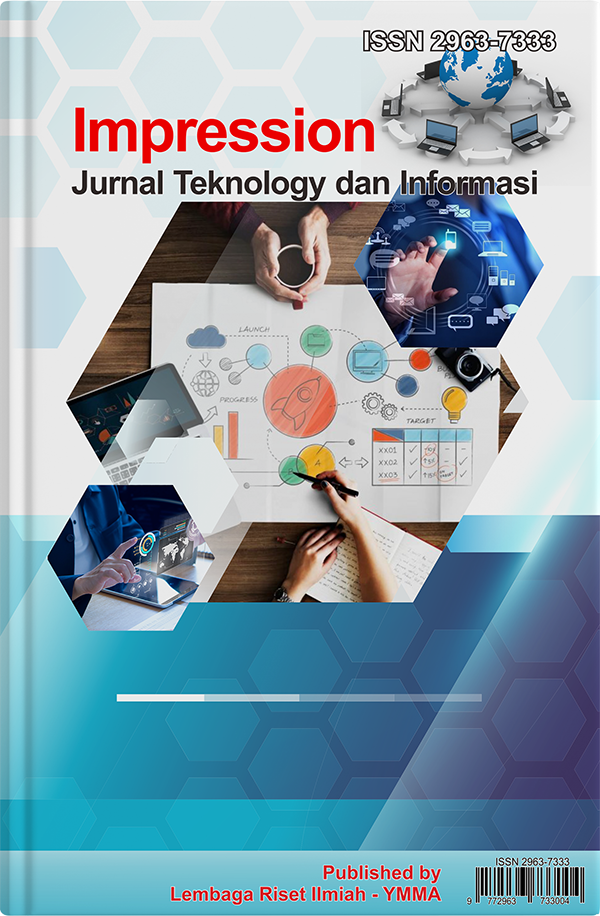Regulasi Sound Horeg Rekomendasi Pengembangan Kebijakan Sound Horeg melalui Analisis Spasial dan Persepsi Masyarakat terhadap Tingkat Adaptabilitas pada Wilayah Perkotaan Kabupaten Jember
DOI:
https://doi.org/10.59086/jti.v4i3.1114Keywords:
Sound Horeg, Adaptabilitas Masyarakat, Kebisingan, Kebijakan perkotaan, SDGsAbstract
The phenomenon of Sound Horeg in urban areas of Jember Regency causes a duality between economic benefits and environmental disturbances due to extreme noise. This research aims to analyze public perceptions, measure the level of adaptability, and formulate management policy recommendations based on social, cultural, and environmental balance. The methods used were mixed methods through field observation, questionnaires, semi-structured interviews, and spatial analysis using buffer noise mapping. The results showed that 72% of the public were against it with an average score of >4.4, mainly due to noise factors exceeding 120 dB. Meanwhile, the pro group considers that Sound Horeg provides economic and entertainment opportunities, but still demands strict regulations. Policy recommendations include limiting the maximum volume to 85 dB, setting operating hours from 12.00 to 18.00, setting locations in open spaces at least 150 m from settlements, and rebranding to "Sound Karnaval" to be more socially acceptable. These outcomes support the achievement of SDGs 3, 8, 11, and 16 through sustainable governance that balances health, creative economy, culture, and public ord
References
Aqli, W. (2010). ANALISA BUFFER DALAM SISTEM INFORMASI GEOGRAFIS UNTUK PERENCANAAN RUANG KAWASAN. INERSIA, 6(2), 192–201.
Armez Hidayat, H., Syeilendra, S., Marzam, M., & Hakim, U. (2024). Study of the Influence of Local Cultural Values in the Traditional Music Learning Process in the Sendratasik Education Study Program. Gondang: Jurnal Seni Dan Budaya, 8(1). https://doi.org/10.24114/gondang.v8i1.55509
Badan Pusat Statistik Provinsi Jawa Timur. (2025). Provinsi Jawa Timur Dalam Angka 2025.
Grau Ríos, Mario., & Grau Sáenz, M. (2006). Riesgos ambientales en la industria. UNED - Universidad Nacional de Educación a Distancia.
Hamidun, M. S., Baderan, D. W. K., & Malle, M. (2021). Efektivitas Penyerapan Kebisingan oleh Jenis Pohon Pelindung Jalan di Provinsi Gorontalo. Jurnal Ilmu Lingkungan, 19(3), 661–669. https://doi.org/10.14710/jil.19.3.661-669
Hussein, A. (2009). The use of Triangulation in Social Sciences Research. Journal of Comparative Social Work, 4(1), 106–117. https://doi.org/10.31265/jcsw.v4i1.48
Justan, R., Margiono, M., Aziz, A., & Sumiati, S. (2024). Penelitian Kombinasi (Mixed Methods). ULIL ALBAB : Jurnal Ilmiah Multidisiplin, 3(2), 253–263. https://doi.org/10.56799/jim.v3i2.2772
KEPUTUSAN MENTERI NEGARA LINGKUNGAN HIDUP NOMOR : KEP-48/MENLH/11/1996 TENTANG BAKU TINGKAT KEBISINGAN (1996).
Kuncoro, M. (2009). Metode Riset untuk Bisnis & Ekonomi, bagaimana meneliti dan menulis tesis? (3rd ed.). Erlangga.
Maman A. Djauhari. (2020). Falsafah Ukuran Sampel (Formula Generik). ITB Press.
Mazid, S., Prasetyo, D., & Farikah, F. (2020). NILAI NILAI KEARIFAN LOKAL SEBAGAI PEMBENTUK KARAKTER MASYARAKAT. Jurnal Pendidikan Karakter, 10(2). https://doi.org/10.21831/jpk.v10i2.34099
Mertens, D. M., & Hesse-Biber, S. (2012). Triangulation and Mixed Methods Research. Journal of Mixed Methods Research, 6(2), 75–79. https://doi.org/10.1177/1558689812437100
Mudde, C., & Rovira Kaltwasser, C. (2018). Studying Populism in Comparative Perspective: Reflections on the Contemporary and Future Research Agenda. Comparative Political Studies, 51(13), 1667–1693. https://doi.org/10.1177/0010414018789490
Munthe, D. A. Y., Batubara, R. A., & Khairani, A. (2022). PEMAHAMAN KONSEP ANALISIS STATISTIK DESKRIPSI INTERKASI SOSIAL MASYARAKAT PENDATANG. Jurnal Bakti Sosial, 1(2), 98–107. https://doi.org/10.63736/jbs.v1i2.107
Nurin, F. (2025, August 12). Seberapa Keras Suara yang Bisa Merusak Telinga? Hellosehat.Com.
Pradana, D. (2025, July 31). Habis Sound Horeg Haram, Terbitlah Sound Karnaval. Detikjatim.
Rahmathoni, L. Y. (2024). PERBEDAAN MAKNA RESTORATIVE JUSTICE PASCA PERMA NO.1 TAHUN 2024 PADA SISTEM HUKUM PIDANA DI INDONESIA. Jurnal Hukum Lex Generalis, 5(10). https://jhlg.rewangrencang.com/
SURAT EDARAN BUPATI TRENGGALEK NOMOR 1390 TAHUN 2025 TENTANG BATASAN SUARA KEBISINGAN YANG DIHASILKAN SOUND SYSTEM / PENGERAS SUARA DI KABUPATEN TRENGGALEK, KABUPATEN TRENGGALEK (2025).
Tresia, T., Yanto, Y., & Risdiyanto, B. (2024). Analisis Konten Edukasi Kesehatan Mental Di Instagram (Analisis Isi Kualitatif Pada Akun Instagram @Studiodjiwa). Jurnal Multidisiplin Dehasen (MUDE), 3(3). https://doi.org/10.37676/mude.v3i3.6450
venom-audio.com. (2025, August 18). Batas Aman Desibel untuk Pendengaran Manusia. Venom-Audio.Com.
Wesz, J. G. B., Miron, L. I. G., Delsante, I., & Tzortzopoulos, P. (2023). Urban Quality of Life: A Systematic Literature Review. Urban Science, 7(2), 56. https://doi.org/10.3390/urbansci7020056
Wulan Aprilian, E., Arif, & Dewi Poerwanti, S. (2025). Dampak Parade Sound Horeg terhadap Kondisi Sosial Ekonomi Masyarakat Desa Bumirejo, Kabupaten Blitar. Jurnal Intervensi Sosial (JINS) JINS, 4(1), 13–20
Downloads
Published
How to Cite
Issue
Section
License
Copyright (c) 2025 Tegar Tri Wibowo, Rohmah Eka Romadhoni, Rhenata Cahya Pitaloka , Aulia Salsabila Gani , Alifan Cahyana

This work is licensed under a Creative Commons Attribution 4.0 International License.
Impression Jurnal Teknologi dan Informasi
Publisher Lembaga Riset Ilmiah

This work is licensed under a Creative Commons Attribution 4.0 International License.













